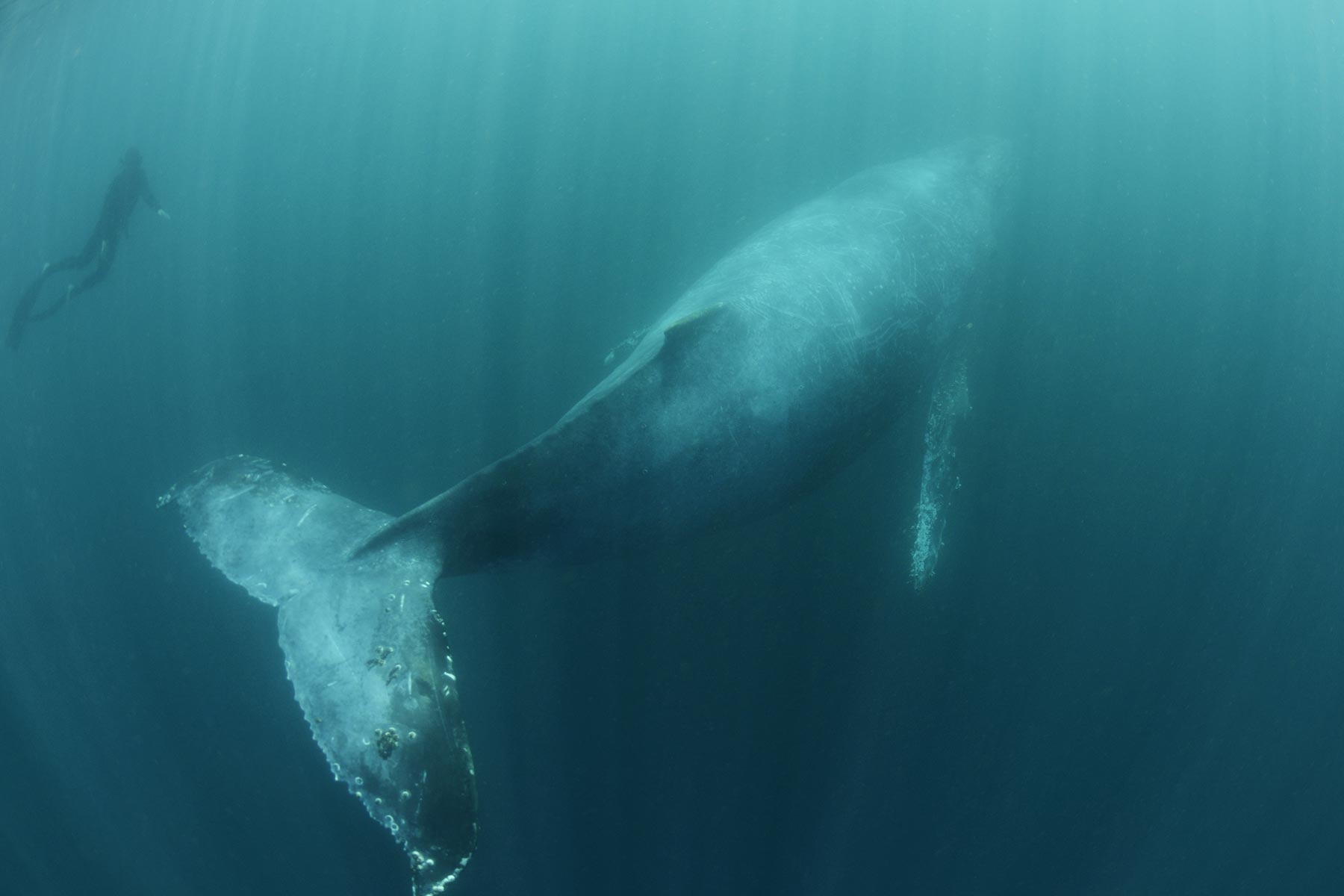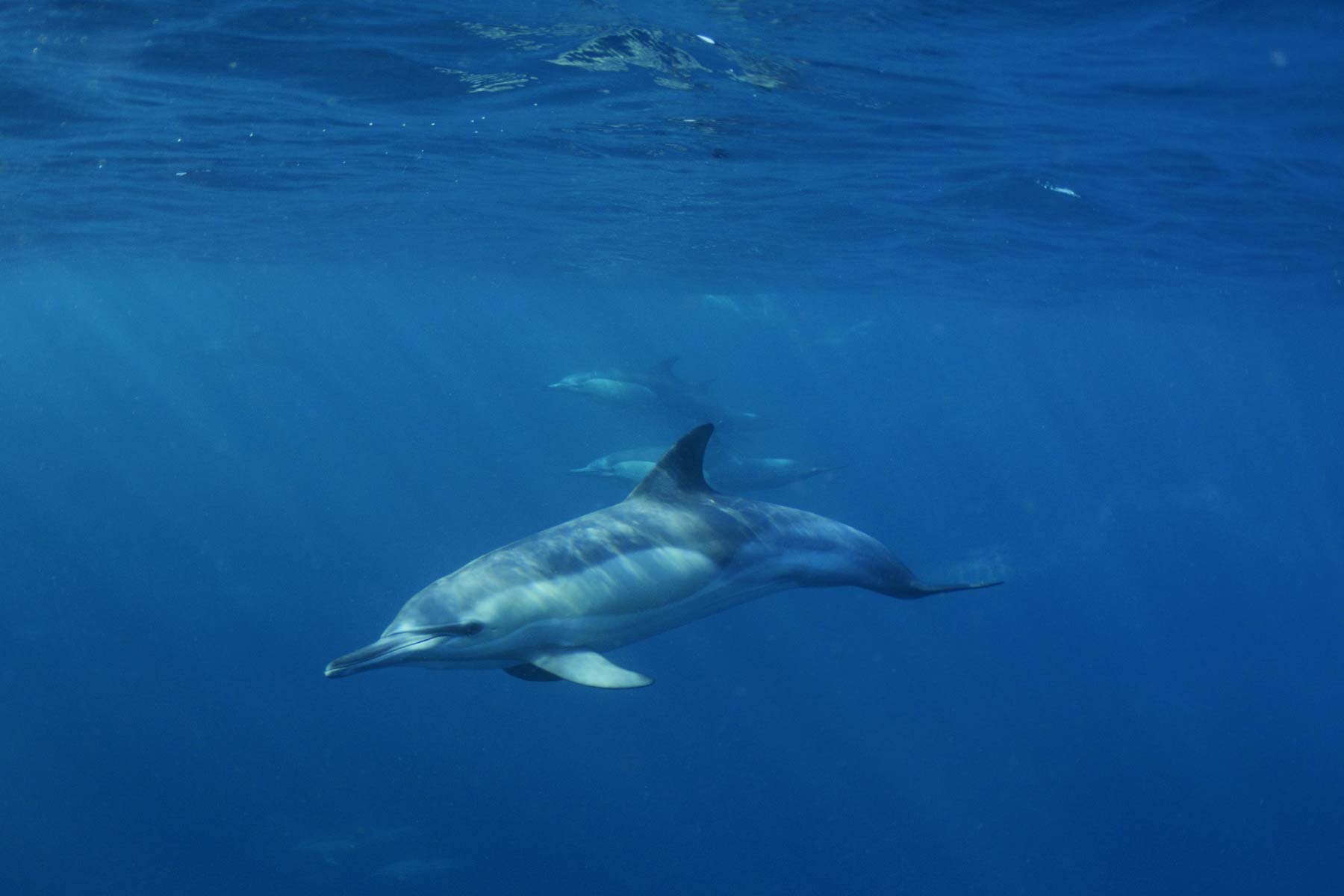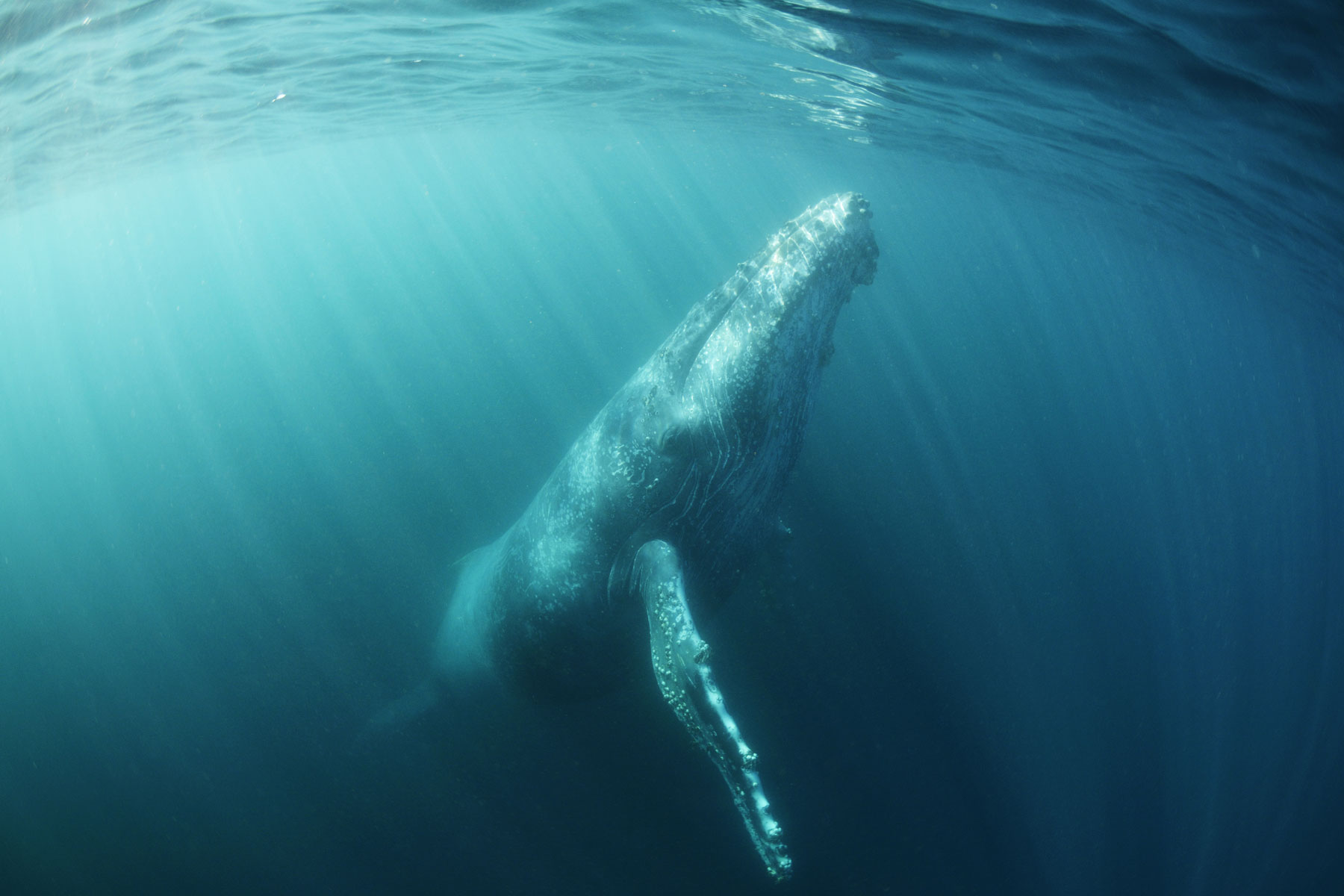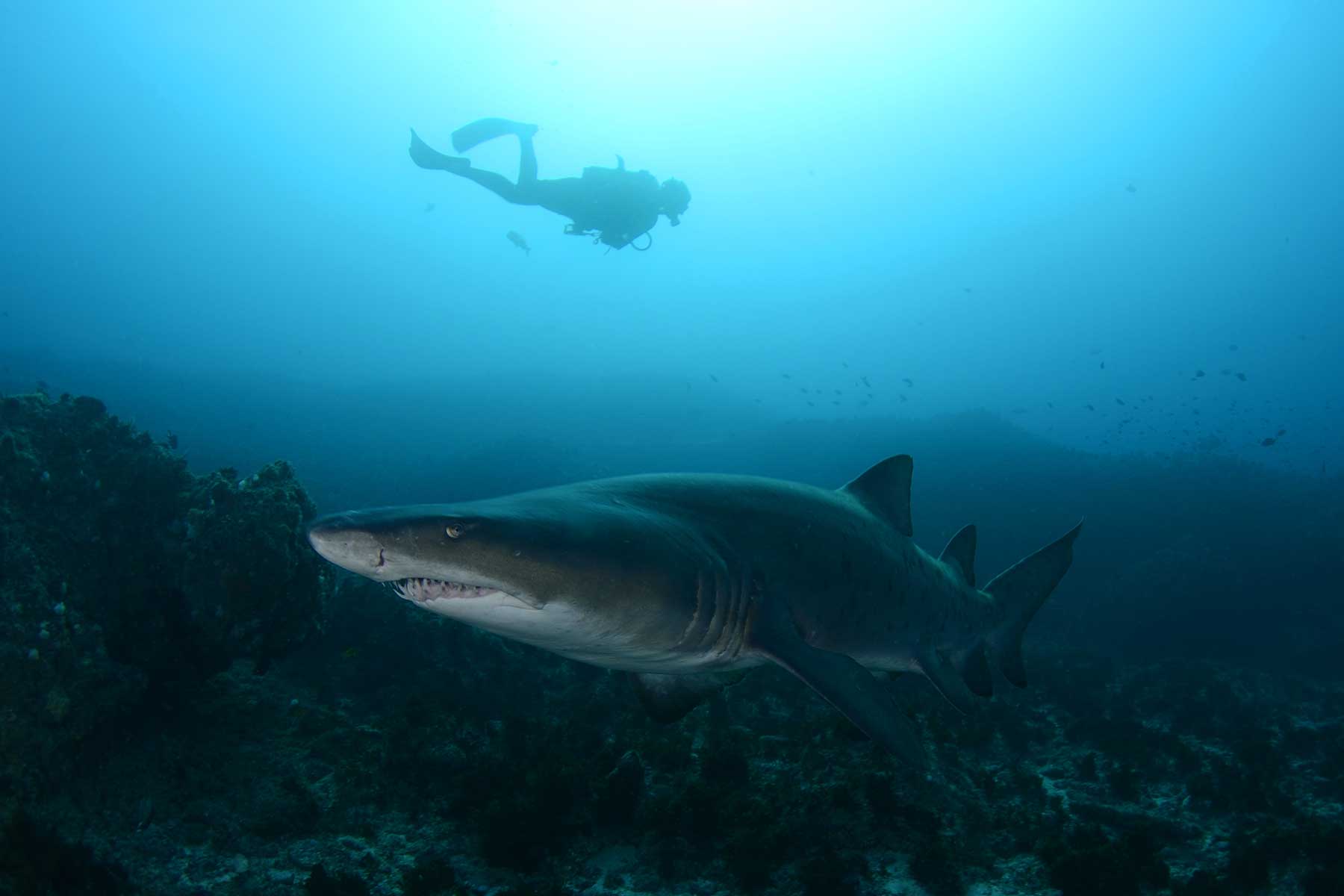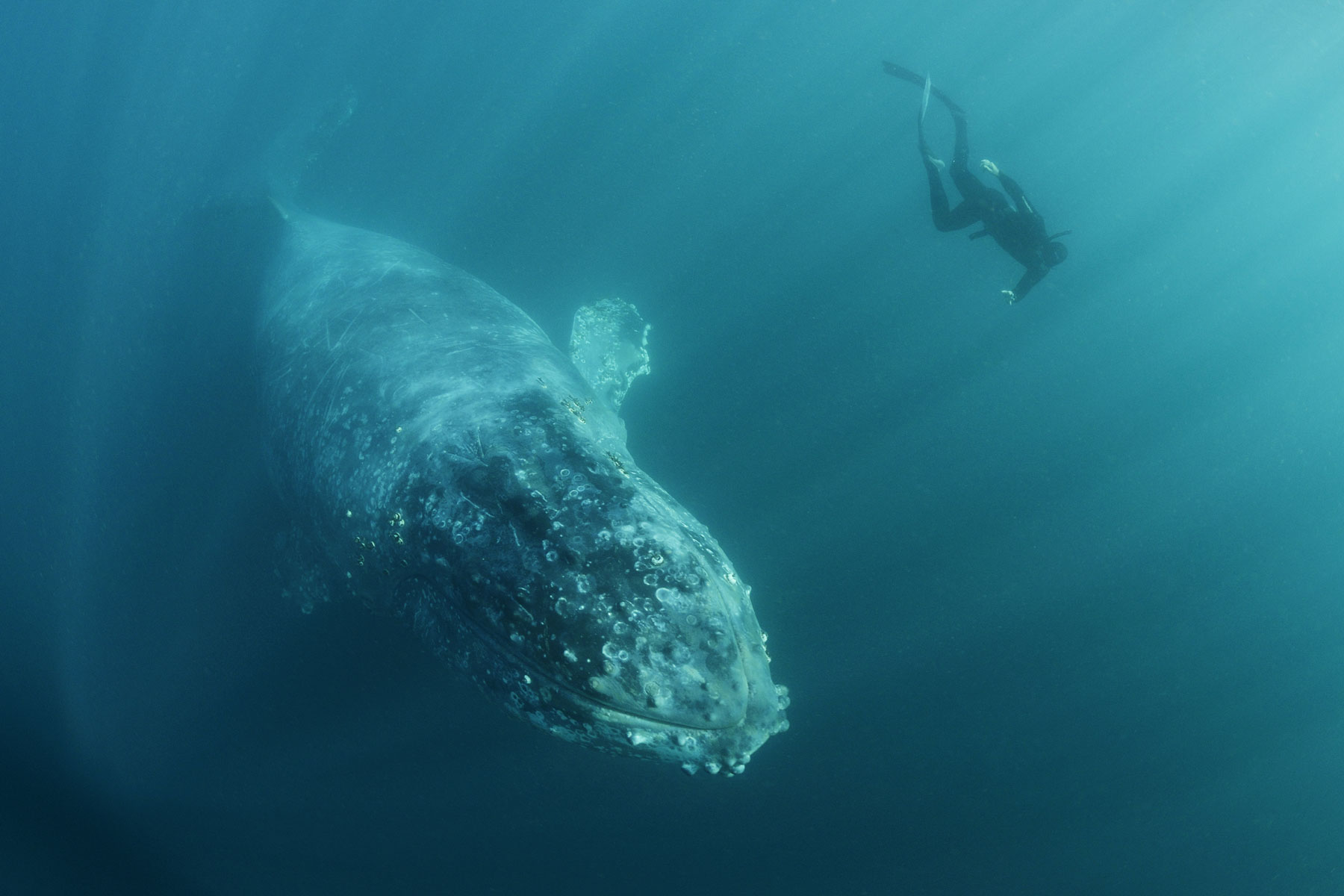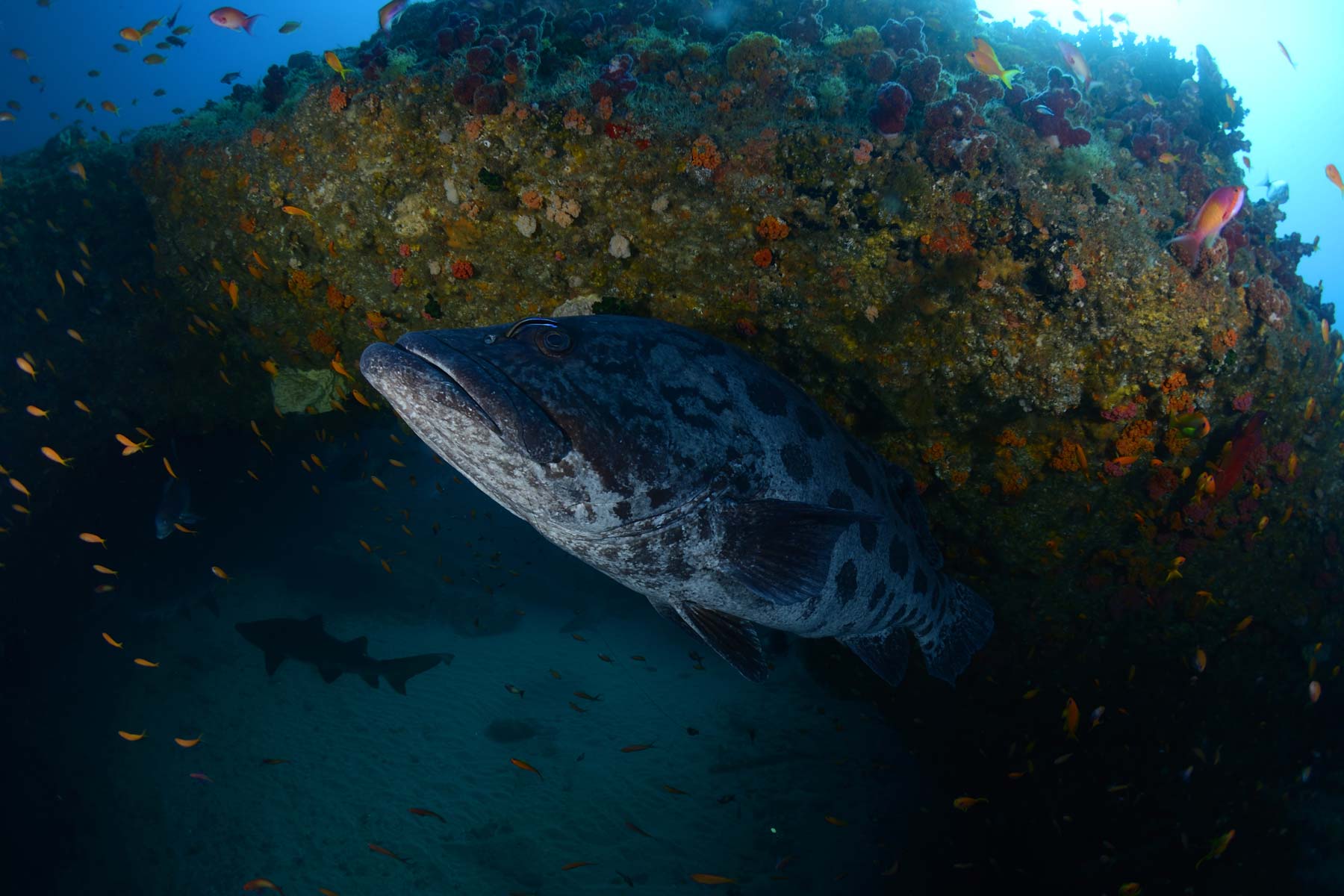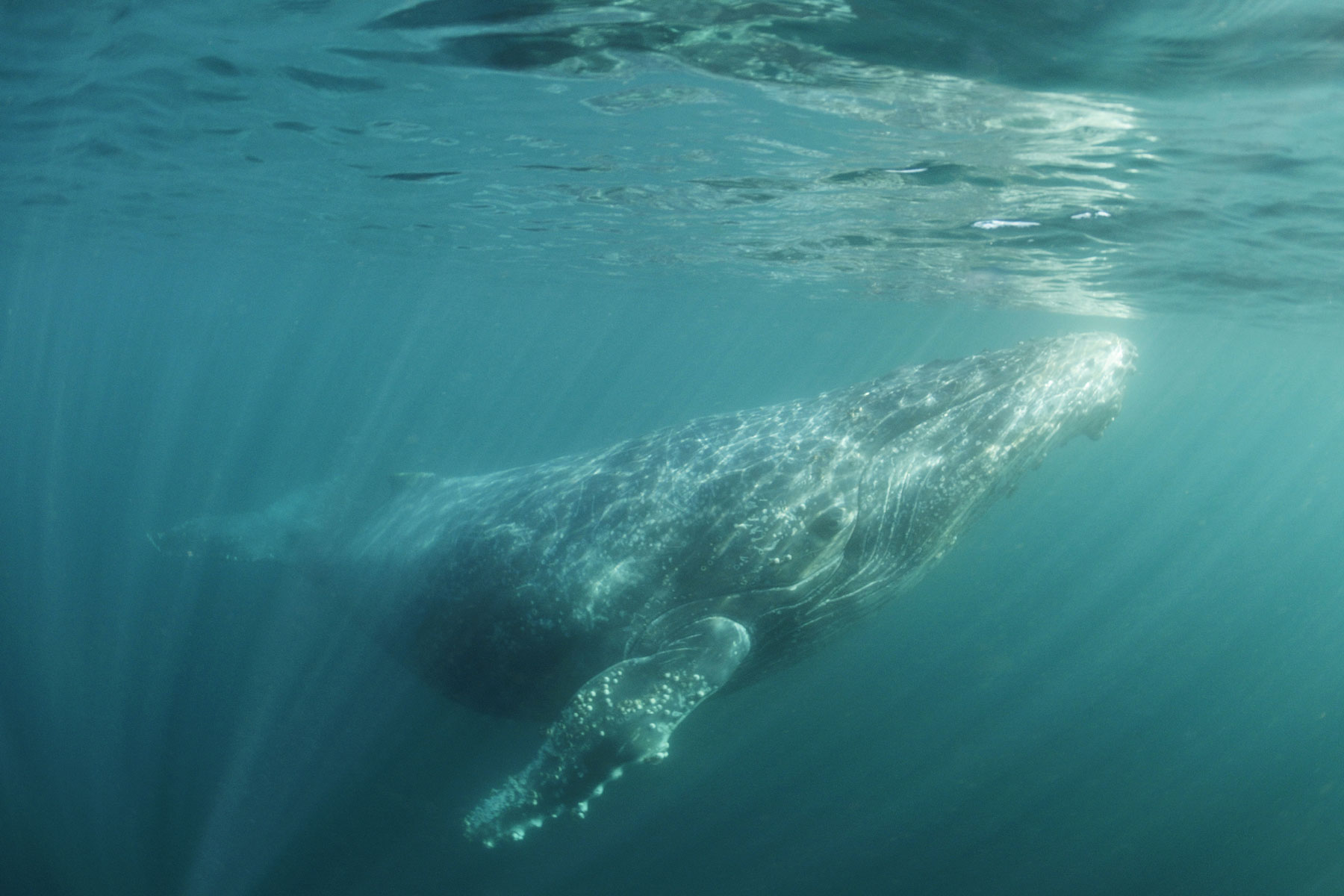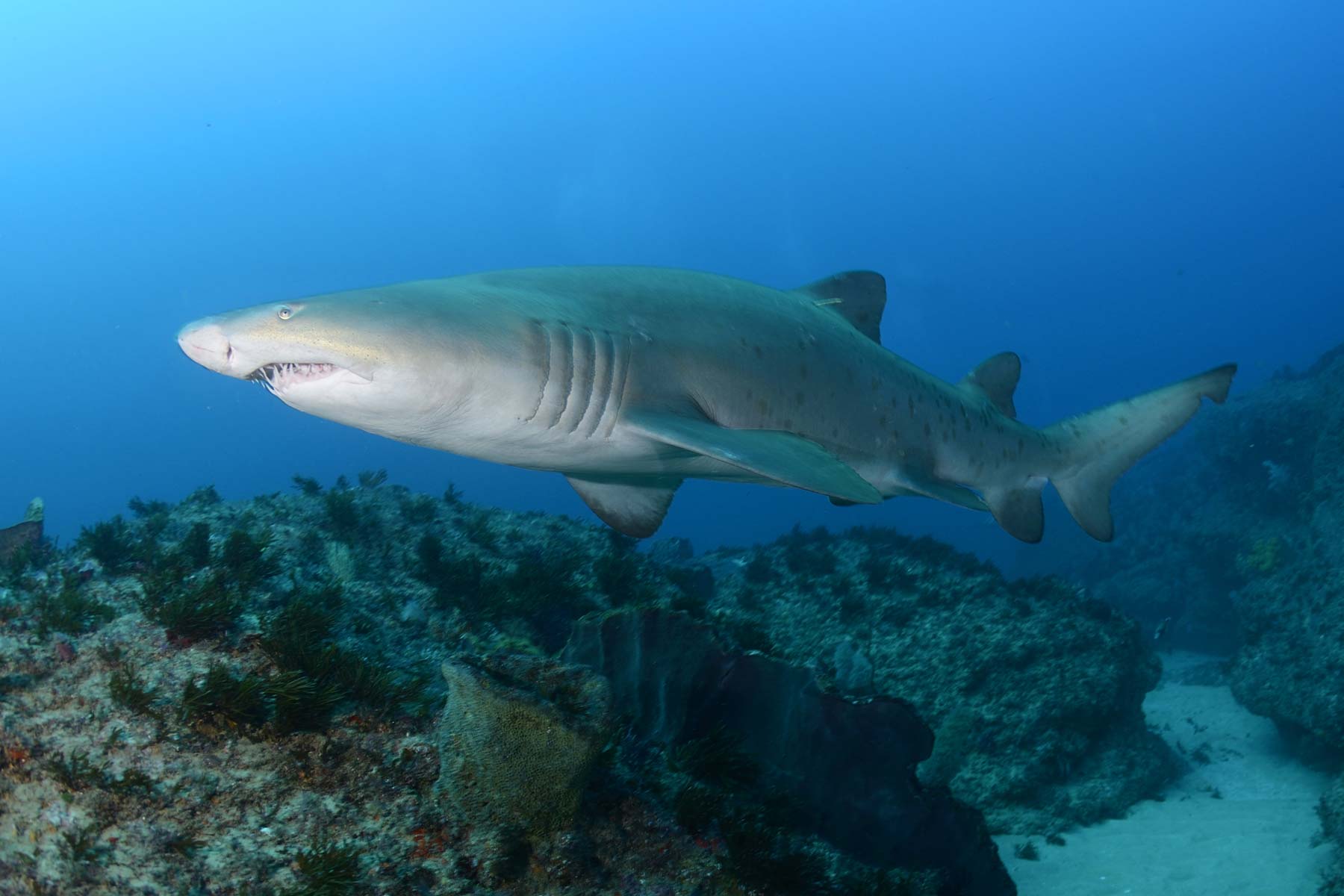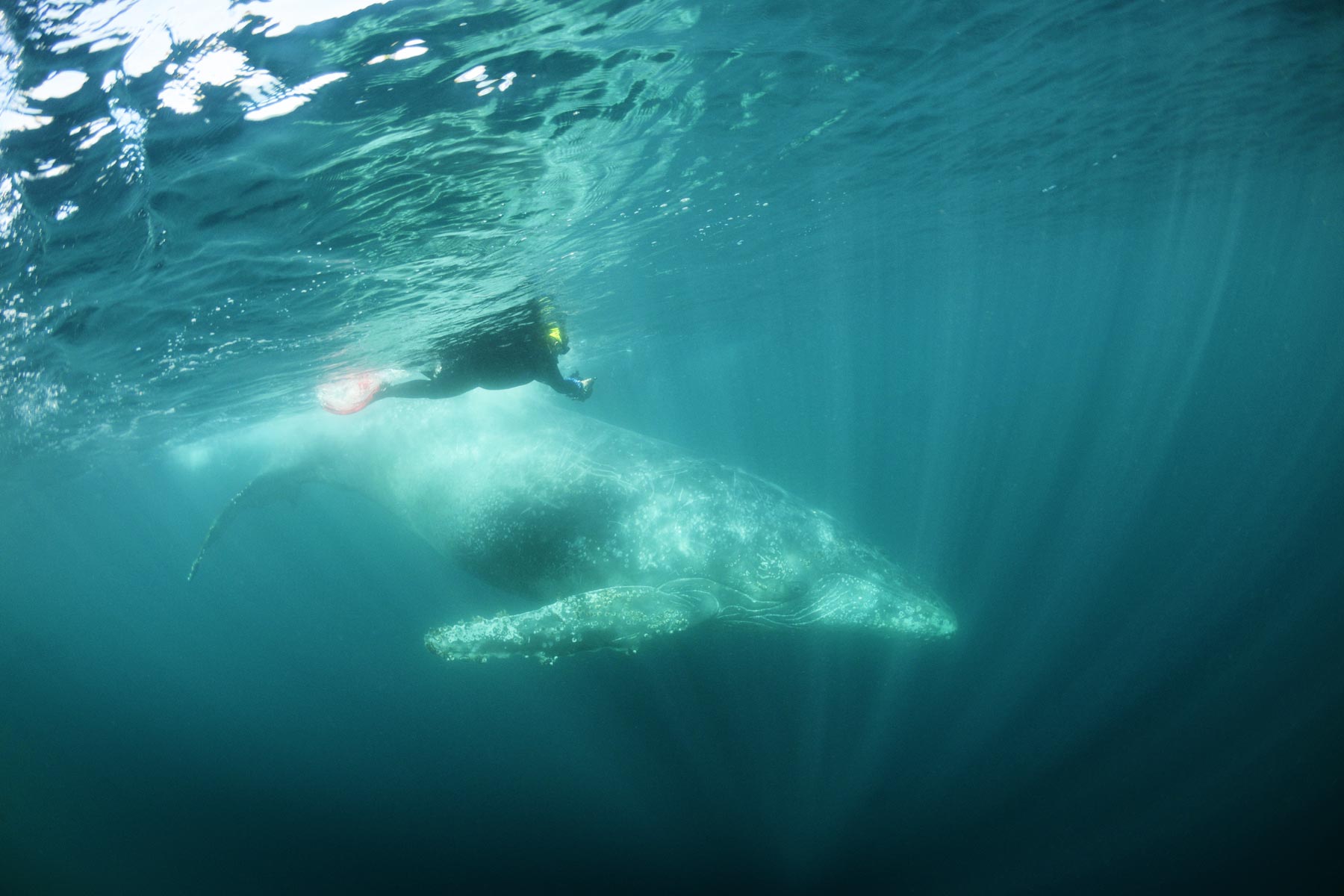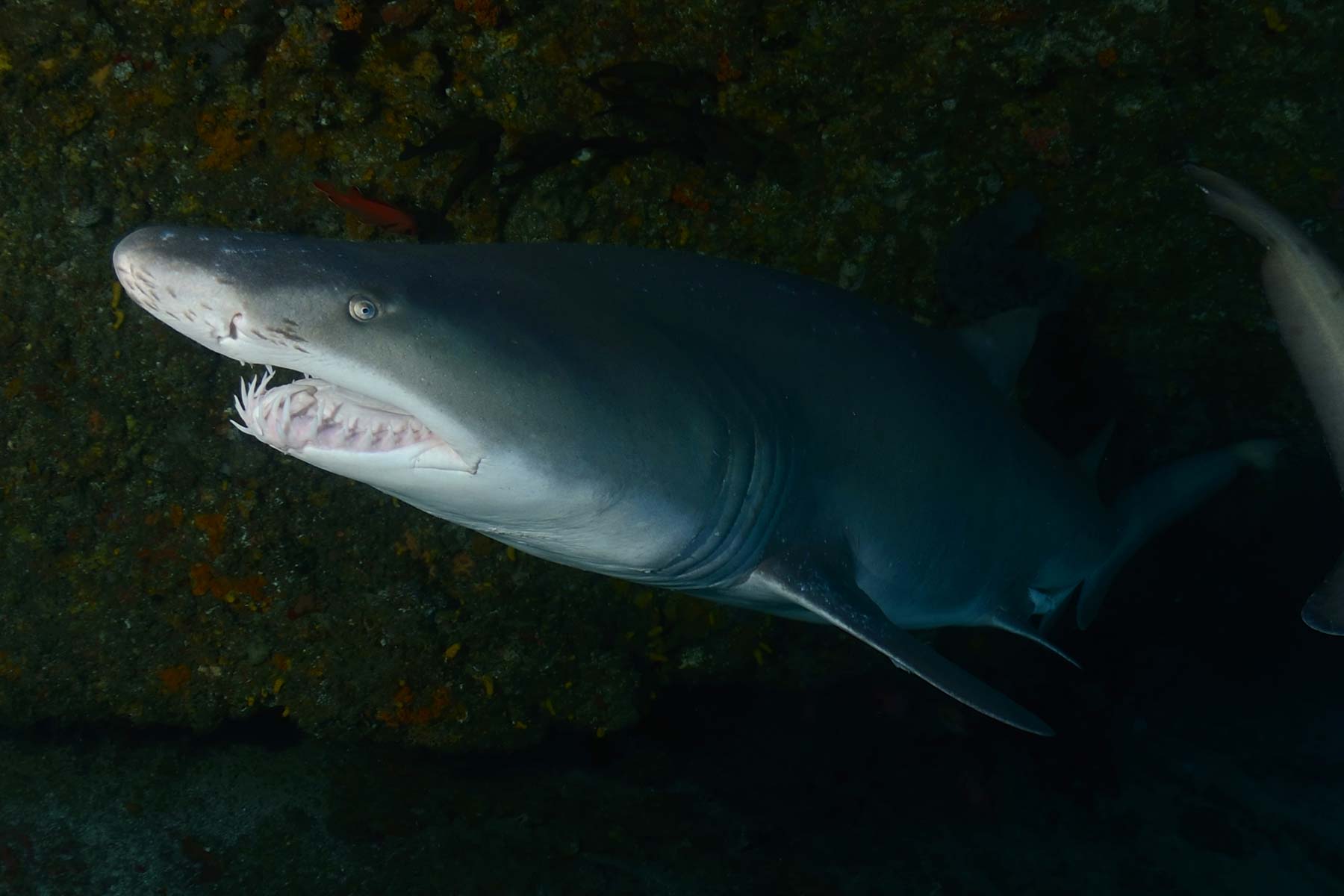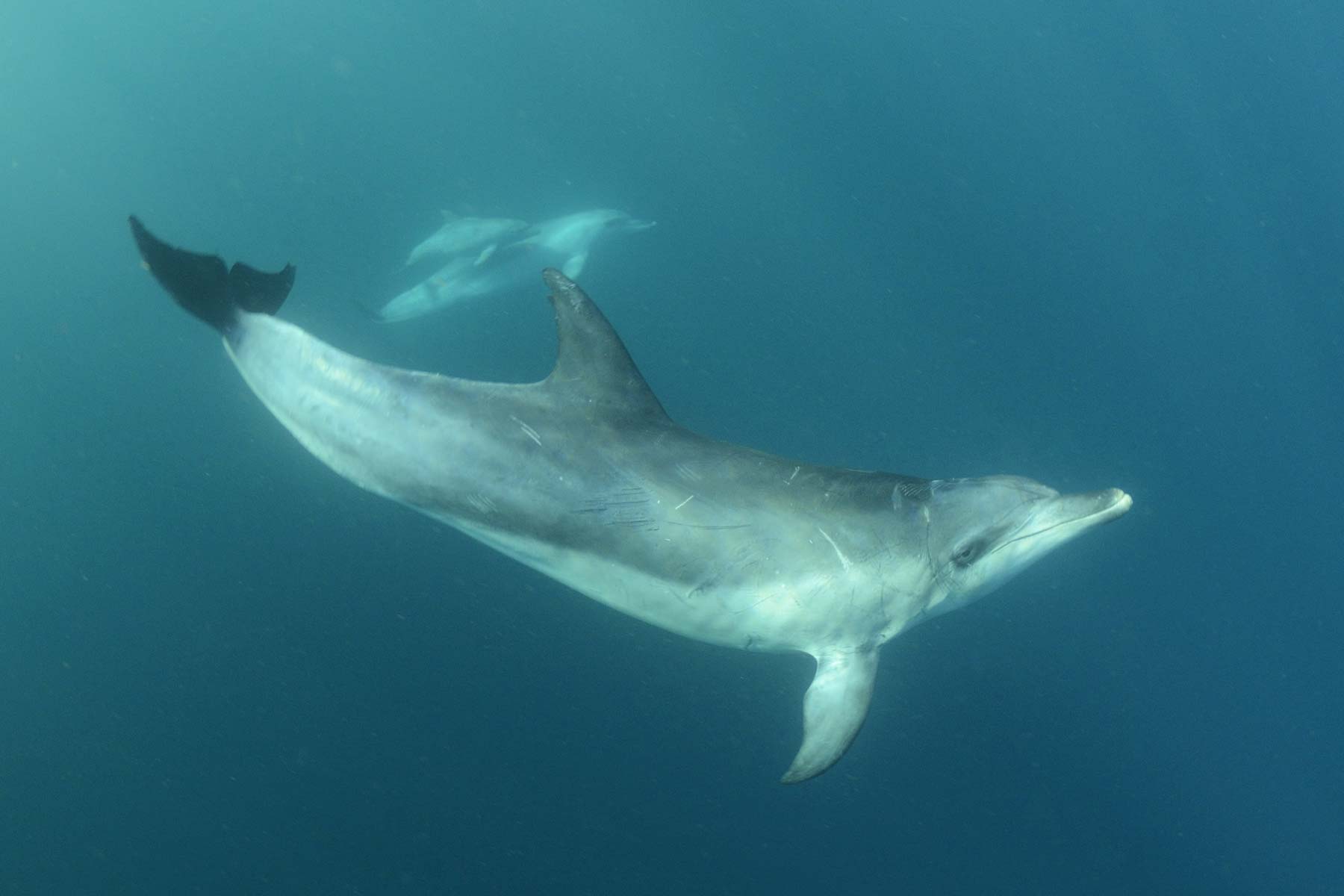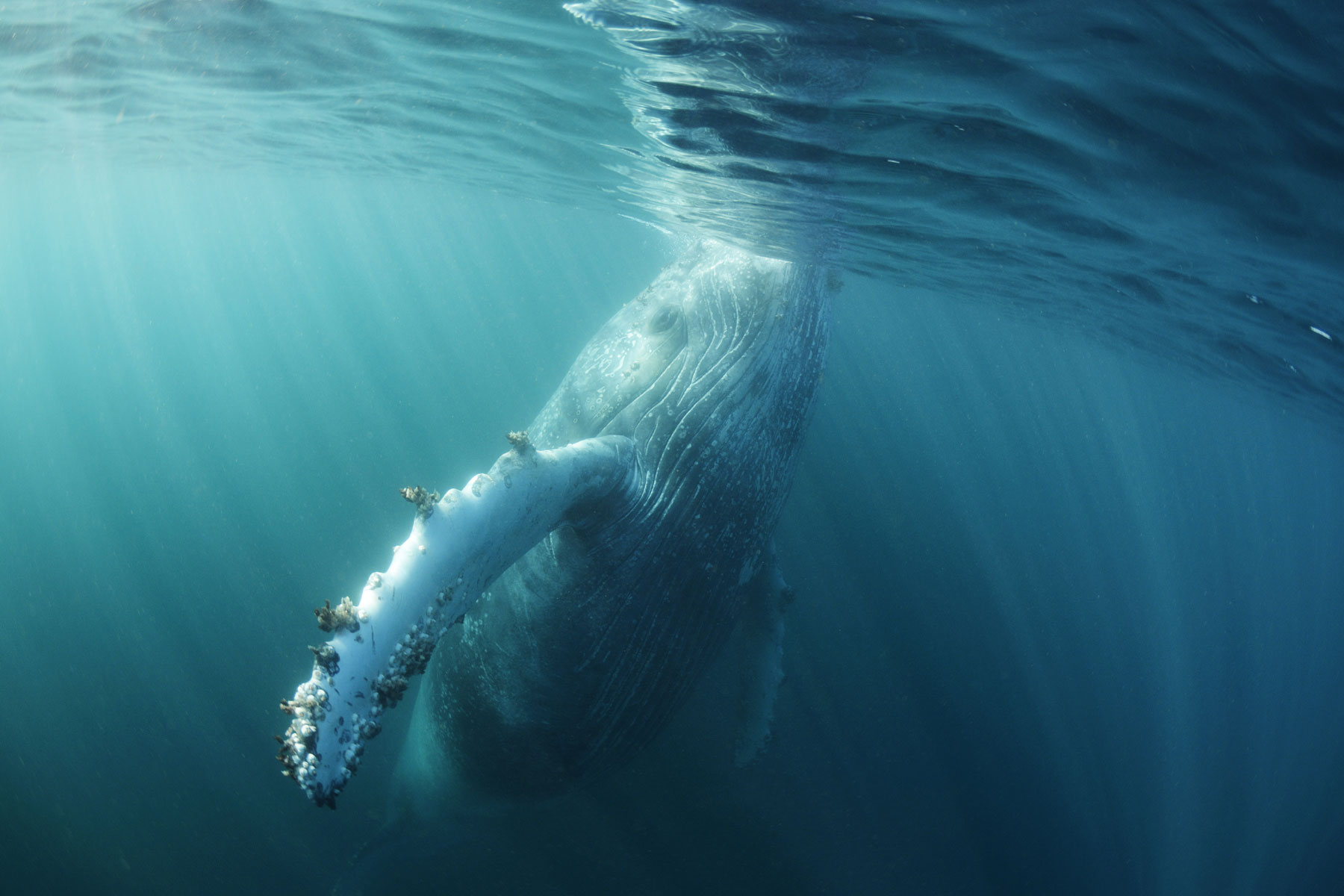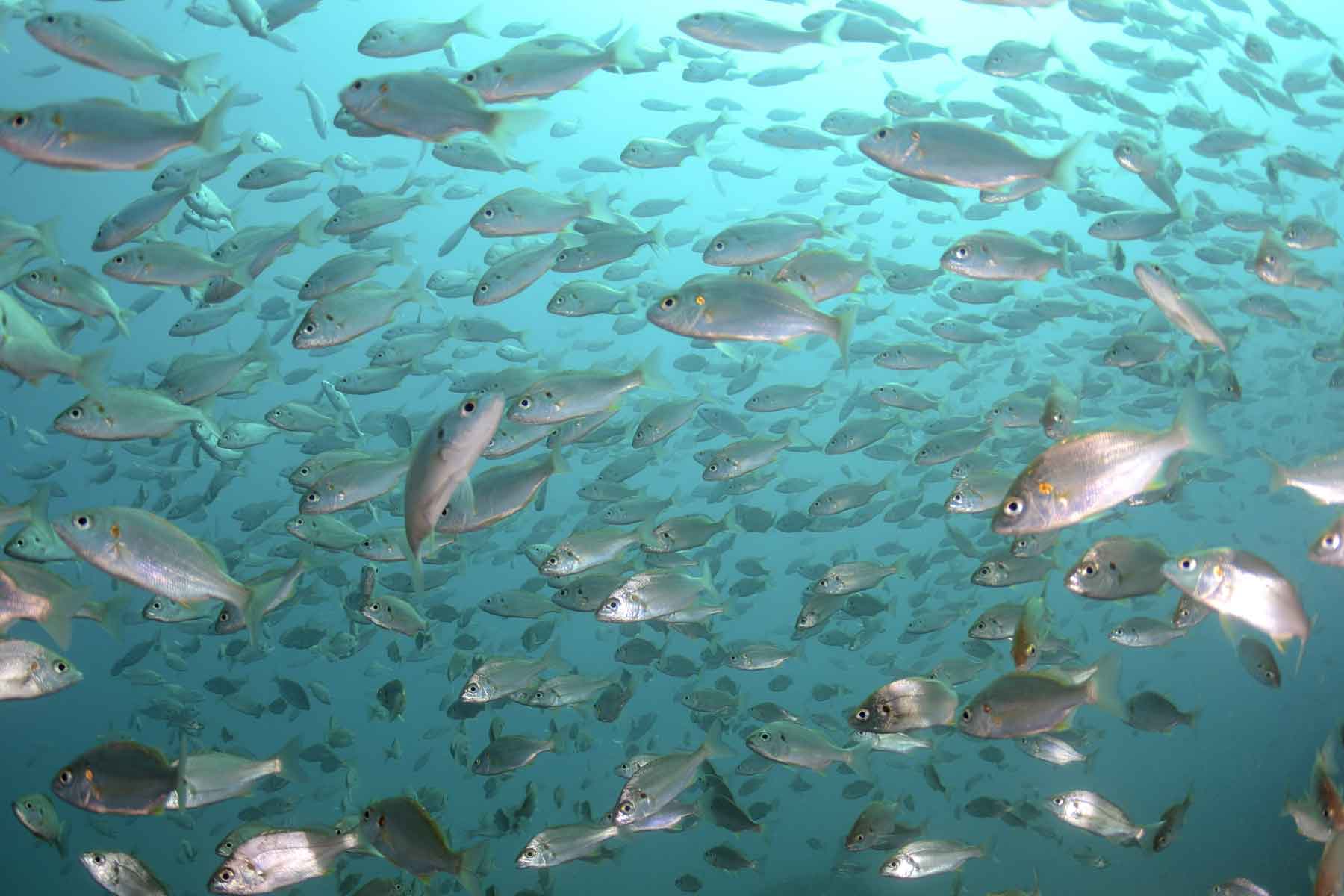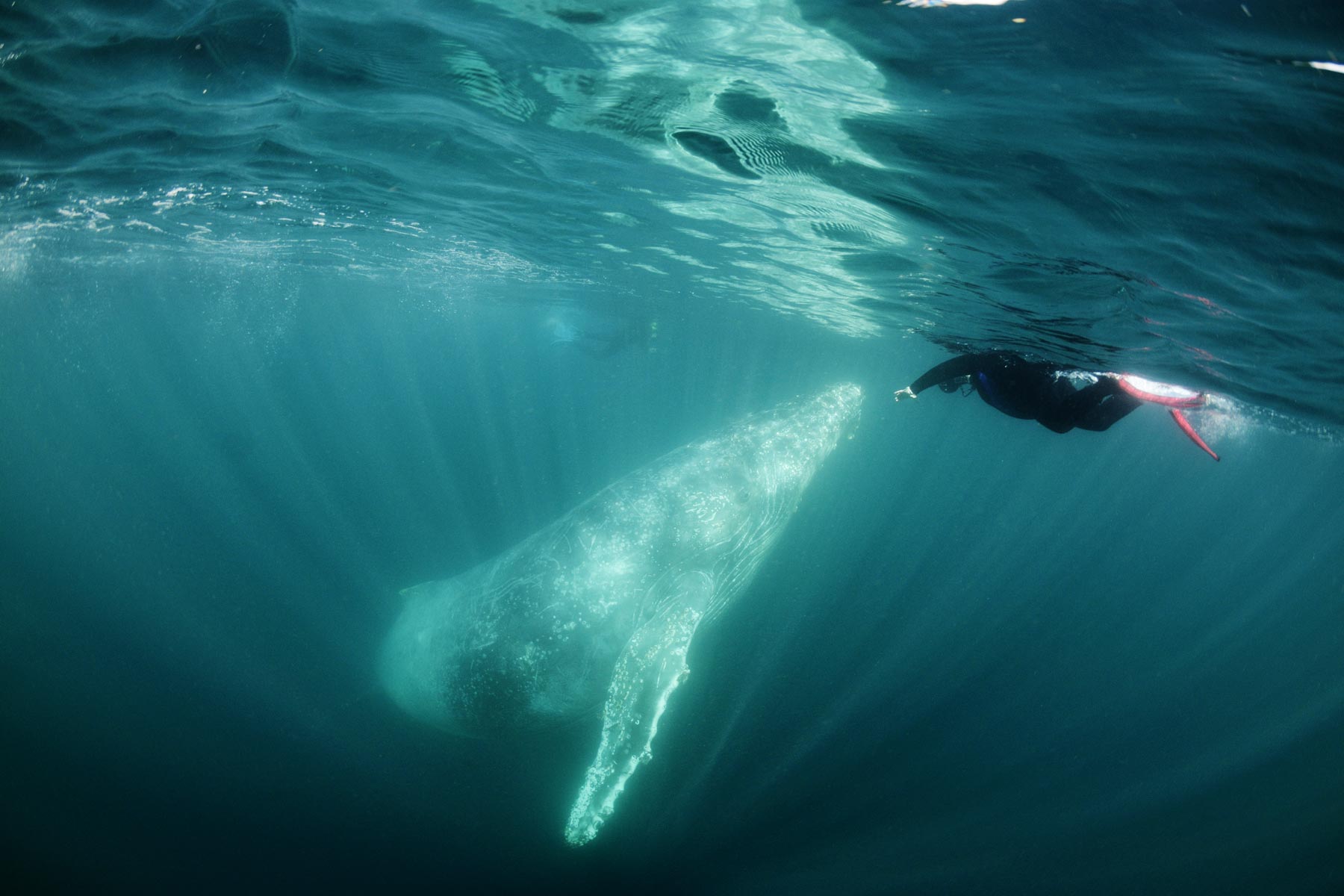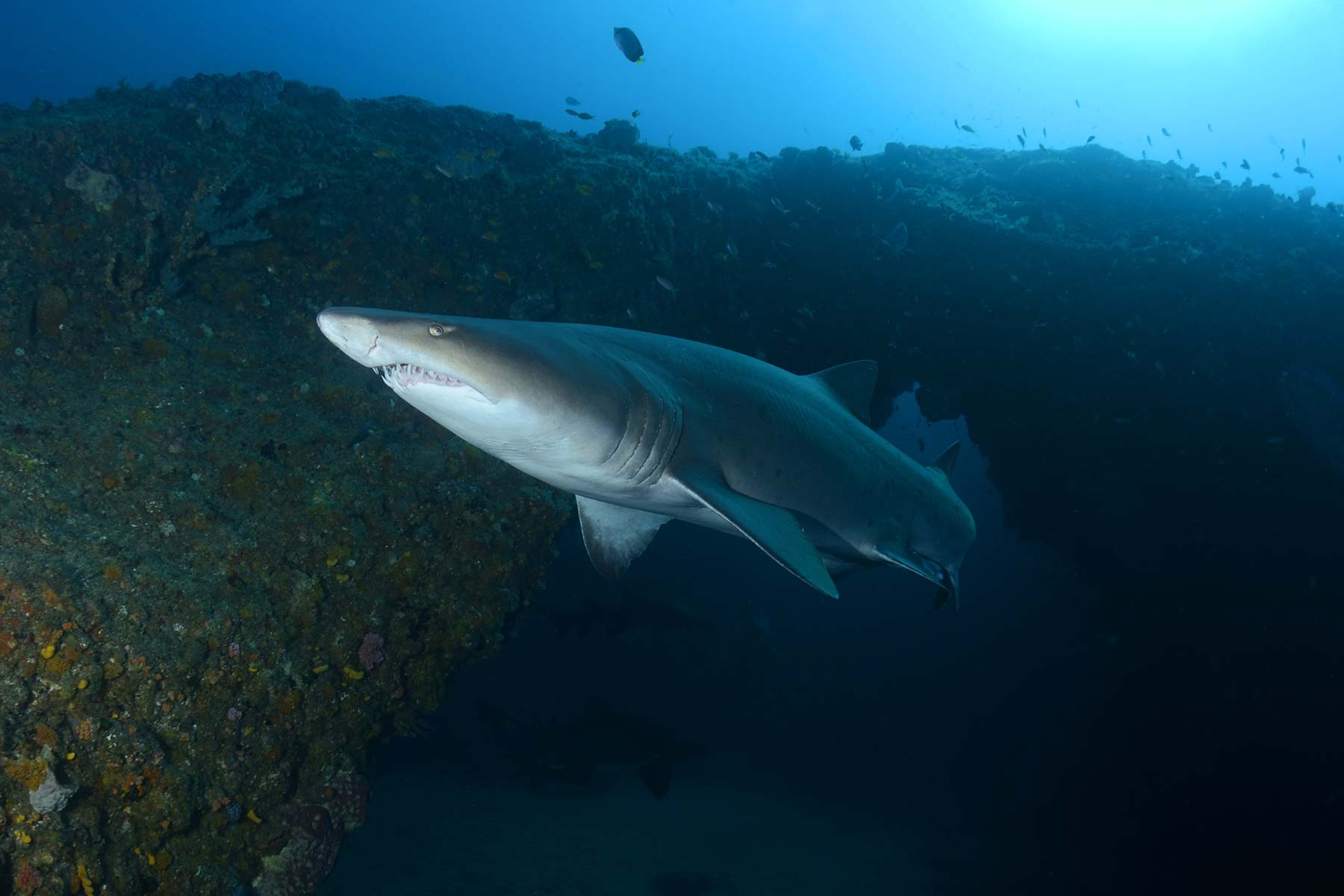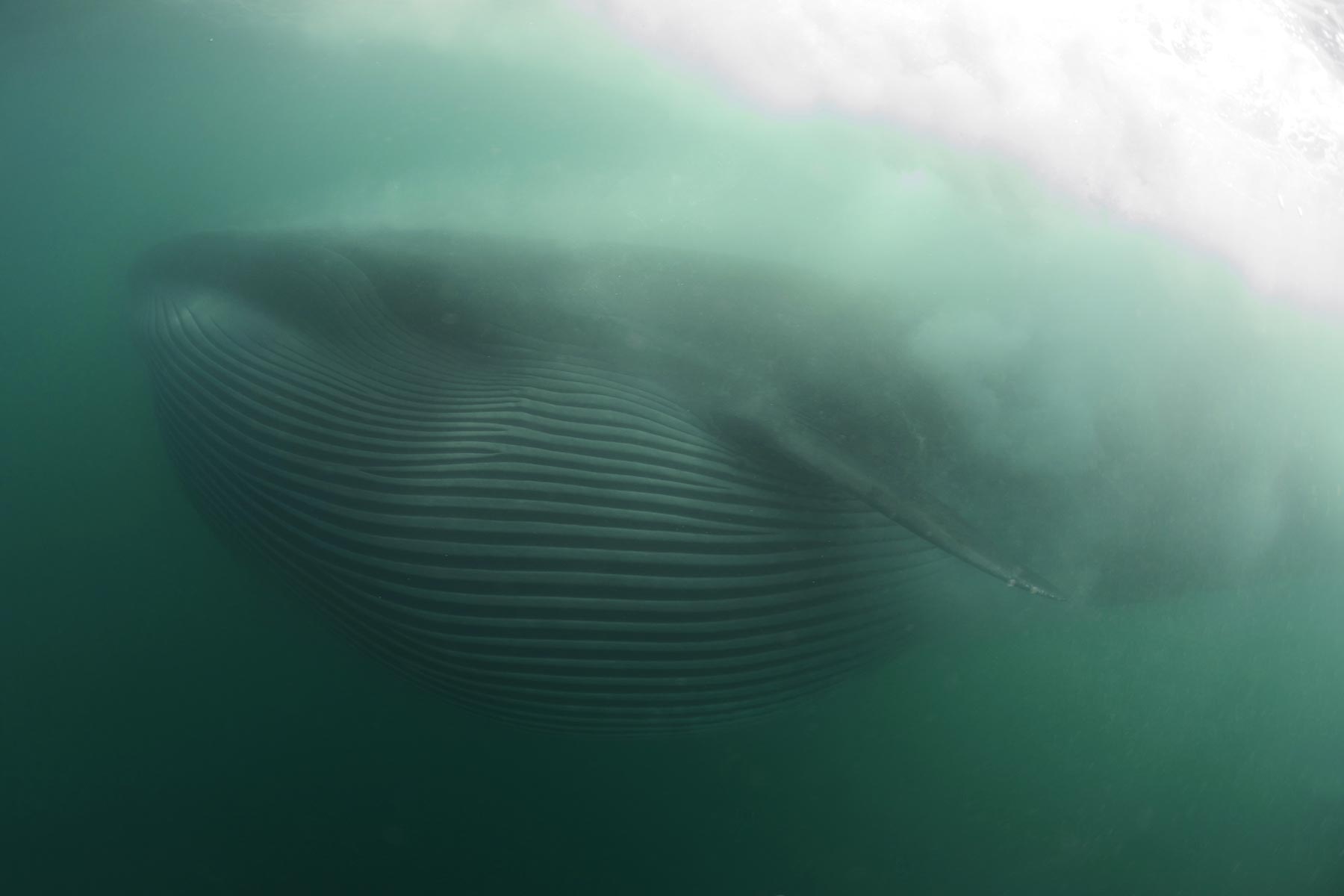Sardine Run Trip Report, July 2018
The Sardine Run in South Africa is the ultimate Blue Planet experience. It is a trip like no other where anything can happen. This is not a traditional scuba diving trip by any means but it can be very addictive! For our Sardine Run trip we started out with a days diving at Aliwal Shoal. Heading down to Cathedral Cave we were confident we would find plenty of Ragged Tooth Sharks as South Africa’s winter is their breeding season. We weren’t disappointed and we found plenty of Raggies hanging about both inside and outside the cave! Following our dives at Aliwal Shoal we hit the road to Port St. Johns, which would be our base for the next seven days. From our comfortable accommodation here we could launch out to the ocean directly from the Umzimvubu River. This meant no beach launches! On the Sardine Run you’ll normally be out at sea around six hours each day and the first day feels long but by the last day it feels like it’s over in a heartbeat.
The aim of the game is looking for bait balls. But really the Sardine Run is much more than this. From the moment you hit the ocean to when it’s time to head back in you will be seeing ‘Blue Planet’ style Superpods on Common Dolphins jumping through the ocean and waves. There will also be Humpback Whales. Lots of them, frolicking and jumping around your boat. Find the right Whale (normally a teenager) and you have a very good chance of been able to spend a good amount of time in the water with them. This was our experience one particular day where a Whale couldn’t resist following our boat wanting to play with us time and time again! Humpbacks are not the only Whale species you’re likely to see on the Sardine Run. Bryde’s Whales are also often seen and we had a couple of days of spotting one on and off wondering what it was up to. Orcas are also sometimes around so always keep your eyes peeled. This is the Sardine Run and anything can happen!
As well as jumping in the water with playful Humpbacks, you can also jump in the water with Common and Bottlenose Dolphins if you feel like you are drying up a bit too much on the boat. What you are really looking for though is a bait ball. The skipper of your boat is always on the lookout for this. They’re looking for the Common Dolphins in the water and the Gannets in the sky. The one sure fire sign of a bait ball is when the Gannets form a rotating funnel and start shooting down the funnels spout one after another into the water. When this happens and your driver hits the gas the adrenaline goes through the roof! On our trip whilst we had small bait balls from time to time and phenomenal in water Humpback encounters it wasn’t until out last afternoon that we really got our jackpot moment. Our driver, Ashley, spotted the Gannet funnel before any other boat and was on it in seconds. As we approached Ashley started shouting ‘it’s gold, it’s gold’ and then we saw it – in amongst the Common Dolphins, the Bryde’s Whale we’d been seeing for the last two days breaking the surface taking huge mouthfuls of Sardines. In we went time and time again into the mayhem that was ensuing in the water. What we learnt was that actually at the Sardine Run the sharks are not the most dangerous thing in the water. The Bryde’s Whale weighing many, many tons takes that prize as it breaches out of the water in front of you. A moment none of us will ever forget!
On the Sardine Run you rarely end up on scuba. Mostly the action is so fast and fleeting that you just jump in with mask, snorkel, fins and camera. Recently though a ‘Shark Reef’ was discovered near Port St. Johns and a couple of times on our trip we put on our scuba gear and dived this reef. It had plenty of fish and some very large Ragged Tooth Sharks. One other thing to note about the Sardine Run is photographing it is not easy. I stubbornly tried to stick to manual setting on my camera and it definitely did not pay off. Better to have some faith in your camera and stick it on shutter priority mode, set a fast enough shutter speed to freeze the fast moving action and let the camera take care of the rest. Visibility also varies on the Sardine Run, out at sea it can be a wonderful blue but closer to shore it gets greener. The Sardines unfortunately do not always choose to get eaten out at sea so the Sardine Run many things need to align to get that perfect ‘Blue Planet’ photo! Ultimately, the adrenaline, the potential to see anything the ocean holds and chasing that photo is why the Sardine Run is very addictive!

